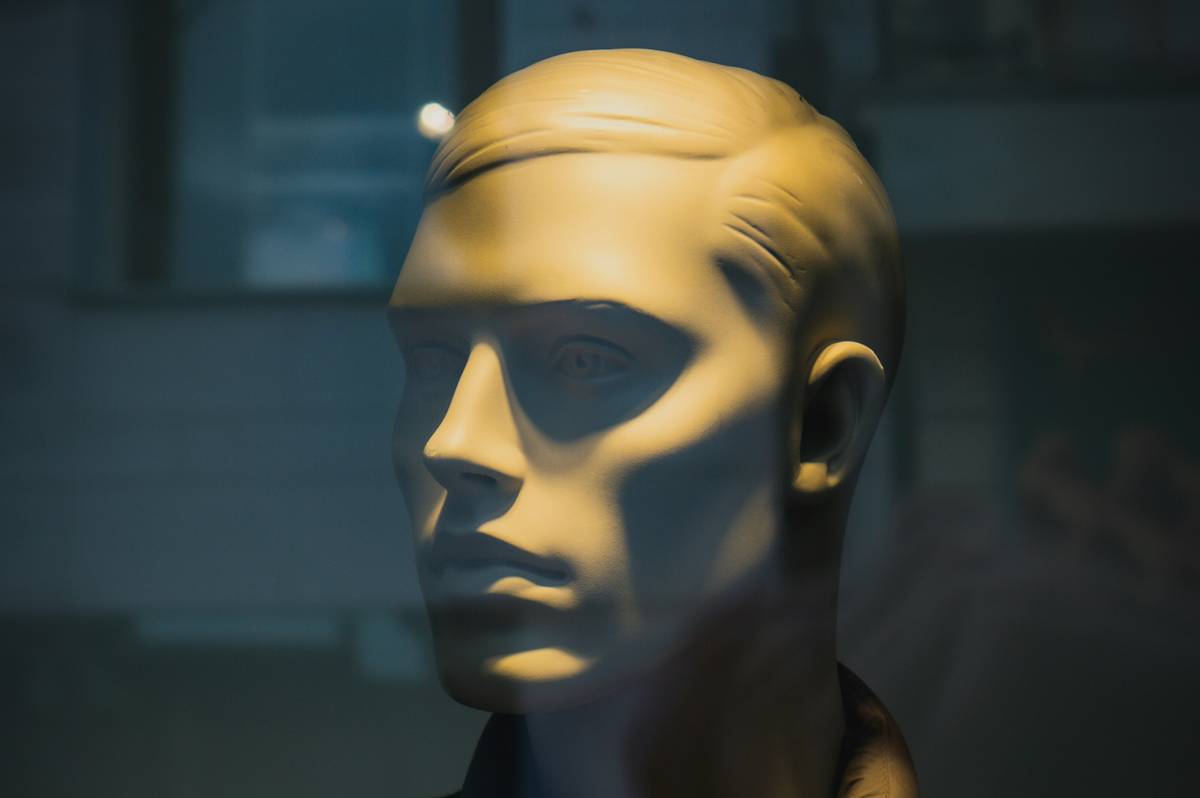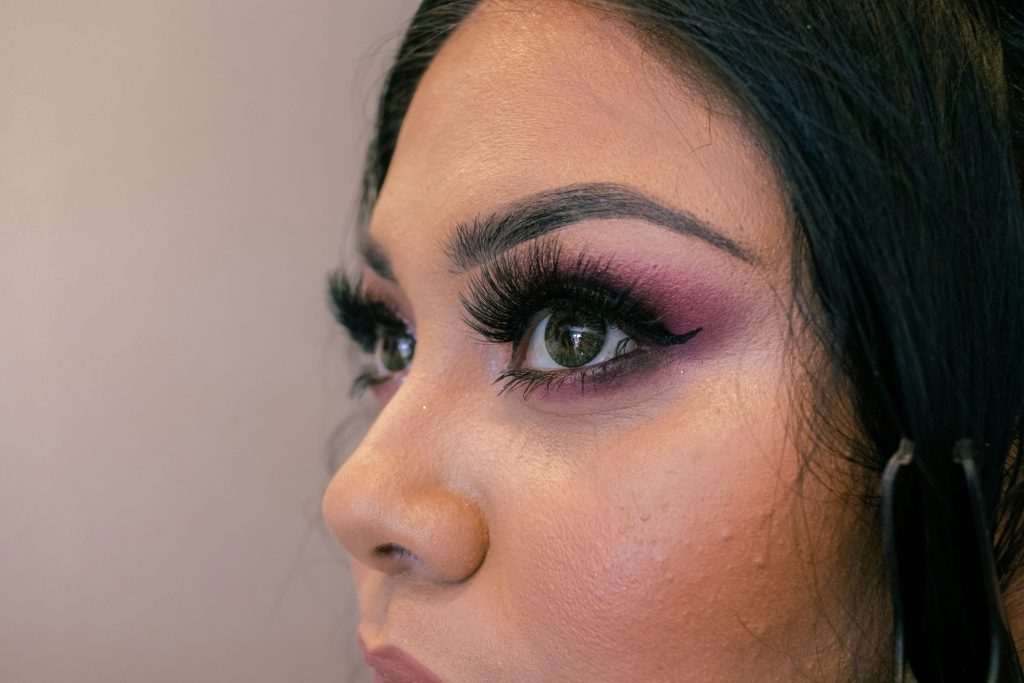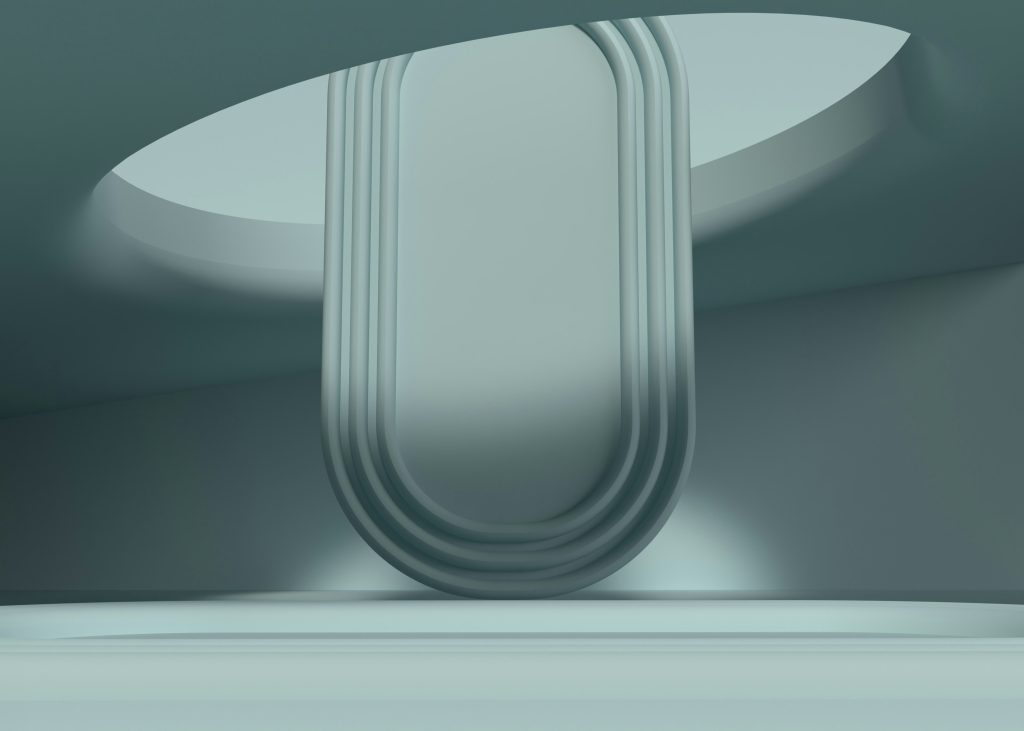“Ever spent an hour blending your contour only to look like a melted crayon? Yeah, us too.” Contouring can feel like walking a tightrope between ‘stunningly sculpted’ and ‘awkwardly overdone.’ But don’t worry—today, we’re diving deep into specialized contouring tips that’ll transform your makeup artistry skills. Whether you’re prepping for a photoshoot, a big event, or just leveling up your daily look, this guide has got you covered.
In this post, you’ll uncover:
- The science behind effective contour placement
- Step-by-step techniques tailored for different face shapes
- Product recommendations and tools every artist needs
- Real-world examples from pro makeup artists
Table of Contents
- Why Contouring Can Be Tricky (And How to Fix It)
- Step-by-Step Guide to Achieving Flawless Specialized Contouring
- Pro-Level Tips and Tricks for Perfecting Your Technique
- Case Studies: What Works (and What Doesn’t)
- Frequently Asked Questions About Specialized Contouring
Key Takeaways
- Understanding light and shadow is crucial for mastering specialized contouring tips.
- Different face shapes require unique contouring strategies.
- High-quality products make a world of difference—but technique matters more.
- Avoid overly harsh lines; blending is king.
Why Contouring Can Be Tricky (And How to Fix It)
Confession time: I once used bronzer as my contour shade because I didn’t know any better. Spoiler alert—it looked terrible. Like, “I-fell-face-first-into-the-sun” kind of bad. The problem? Many beginners think all it takes is slapping some dark powder on their cheeks. Wrong move!
Here’s the brutal truth: Without understanding how light interacts with facial features, even the best products won’t save your look. When done right, contouring creates depth by mimicking shadows where natural recesses would fall. Done wrong? You’ve got a muddy mess.
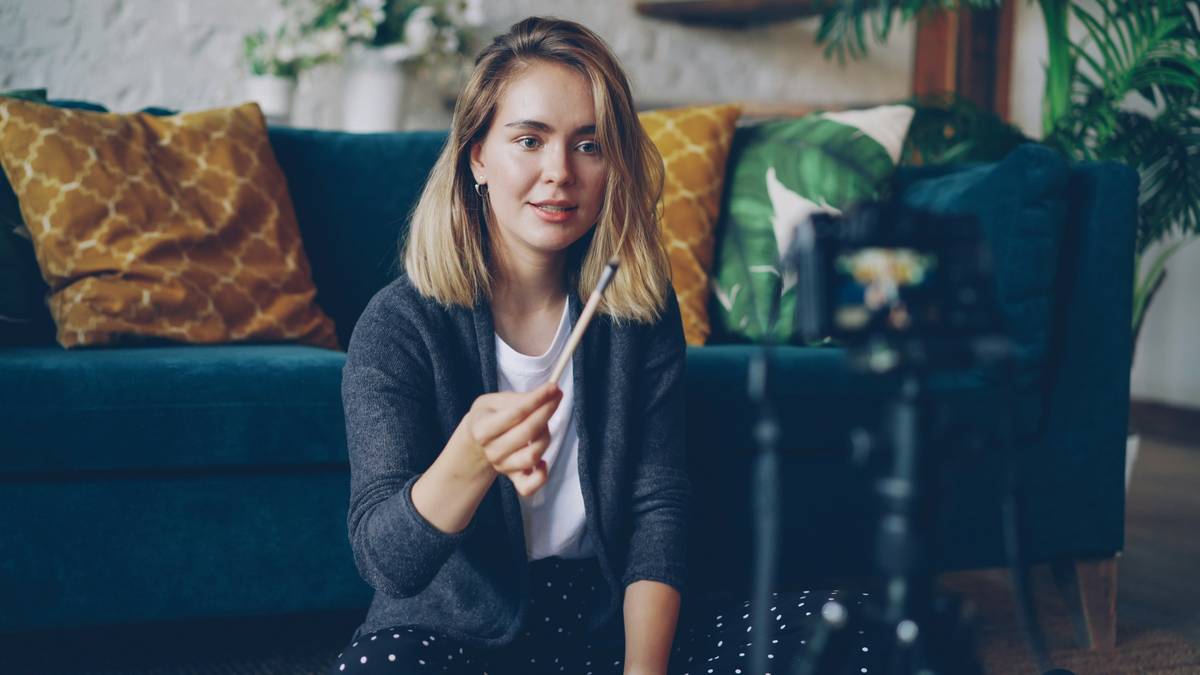
Optimist You: “With practice, I’ll nail these specialized contouring tips!”
Grumpy You: “Ugh, why does everyone make it look so easy online?”
Step-by-Step Guide to Achieving Flawless Specialized Contouring
Step 1: Prep Your Canvas
The foundation of great contouring starts with smooth skin. Prime and moisturize to ensure there are no flaky patches. A hydrated base means smoother blending later.
Step 2: Choose the Right Shades
Your contour should mimic a natural shadow—not recreate Comic-Con makeup. For fair skin, opt for cool-toned browns. Medium to deep complexions benefit from rich, warm undertones. And remember, cream formulas blend easier than powders.
Step 3: Map Out Your Contour
No one-size-fits-all here. If you have a round face, focus on hollowing out the sides of your cheeks. Oval faces? Extend the contour slightly toward the temples. Square jaw? Soften those angles near the chin.
Step 4: Blend Like a Pro
Use a damp beauty sponge or dense brush to diffuse edges seamlessly. Don’t stop until your contour looks invisible up close—like second-skin magic.

Pro-Level Tips and Tricks for Perfecting Your Technique
- Less Is More: Start light—you can always build intensity later.
- Play with Placement: Highlighter above your contour makes it pop.
- Incorporate Tools: A fan brush helps finesse featherlight finishes.
- Terrible Tip Disclaimer: Never use pure black eyeshadow as contour—it’s not natural and screams amateur hour.
Case Studies: What Works (and What Doesn’t)
Let’s talk real-world inspiration. Celebrity MUA Mario Dedivanovic swears by strategic layering of creams followed by powders for Kim Kardashian’s iconic chiseled jawline. On the flip side, glossy contour trends often fail because shimmer accentuates texture instead of hiding it.
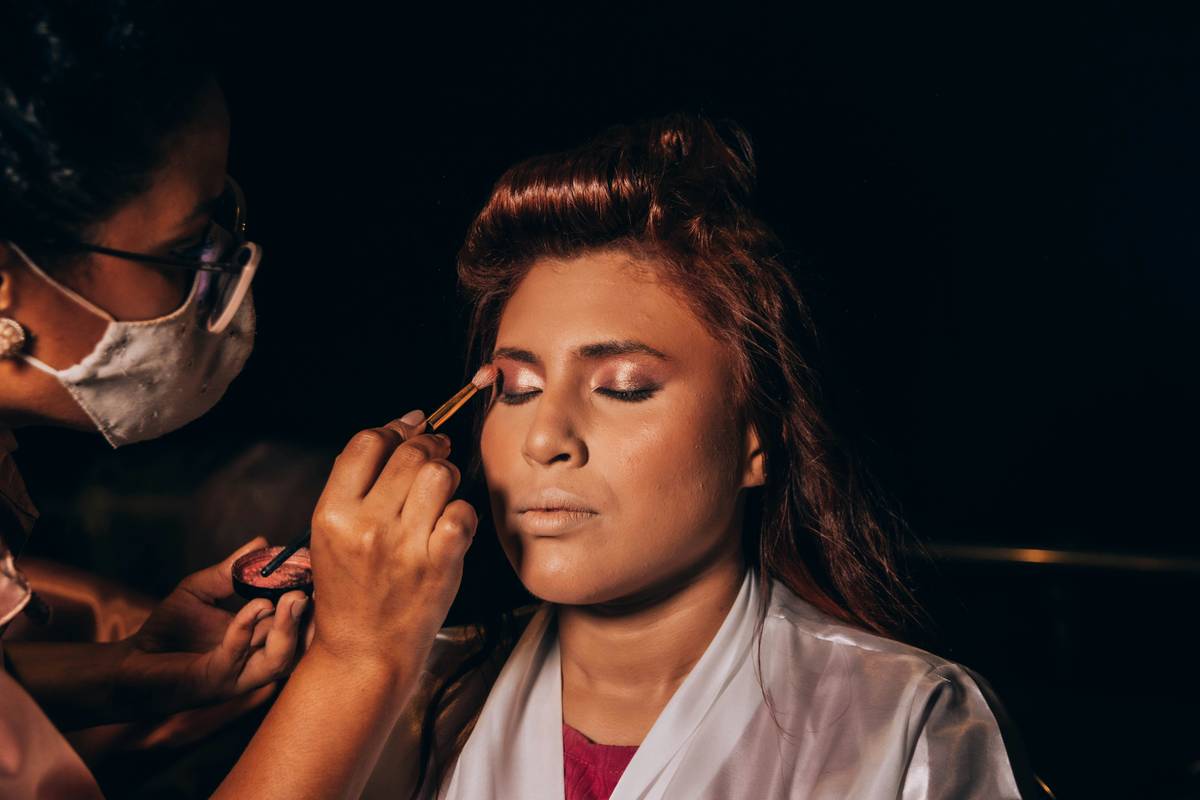
Frequently Asked Questions About Specialized Contouring
Q1: Do I really need expensive products?
You don’t *need* them, but high-quality pigments make blending far easier.
Q2: Can I contour if I have oily skin?
Absolutely! Opt for matte, long-wearing formulas and set with translucent powder.
Q3: How do I avoid looking patchy?
Layer gradually and invest in a good primer to prevent unevenness.
Conclusion
Specialized contouring tips aren’t just reserved for pros—they’re accessible to anyone willing to learn. By mapping your face shape, choosing the right shades, and perfecting your blending technique, you can achieve polished, professional results every single time.
“Like finding the last piece of pizza, mastering contour feels downright magical.”
Fun Easter Egg Haiku:
Brush meets cheekbone glow,
Shadows dance, highlights sing—
Face becomes a work of art.
